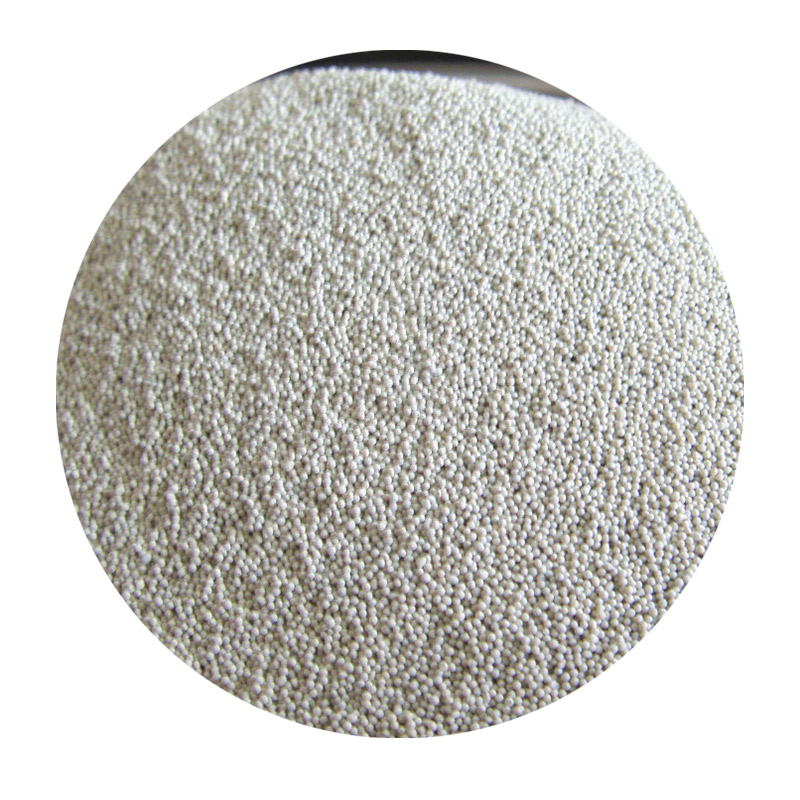How to Sand Ceramic A Step-by-Step Guide
Sanding ceramic can be a daunting task, especially if you’re unfamiliar with the materials and techniques involved. However, with the right tools and a bit of patience, you can achieve a smooth, polished finish on your ceramic pieces, whether they are pottery, tiles, or figurines. Here’s a comprehensive guide on how to sand ceramic effectively.
Understanding the Basics
Before diving into the sanding process, it’s essential to understand why sanding is necessary. Sanding ceramic can help to remove rough edges, imperfections, and unwanted textures. It can also prepare the surface for painting or glazing, ensuring all coatings adhere properly.
Tools and Materials Needed
1. Sandpaper Choose different grits for different stages of sanding. Start with a coarse grit (60-80) for heavy sanding, then progress to medium grit (120-220) for smoothing out the surface, and finish with a fine grit (400+) for polishing. 2. Moisture Use water to keep the surface wet while sanding. This reduces dust and minimizes the risk of cracking the ceramic.
3. Sanding Block A sanding block can help you apply even pressure while sanding, ensuring a more uniform finish.
4. Safety Equipment Wear a dust mask and safety goggles to protect yourself from dust particles.
Step-by-Step Guide to Sanding Ceramic
Step 1 Prepare the Work Area
Before you begin, set up a clean, well-lit work area. Make sure you have a sturdy surface to work on, such as a table or workbench. It’s best to work outdoors or in a well-ventilated area, especially if you are sanding multiple pieces.
Step 2 Inspect the Ceramic Piece
Take a close look at the item you are going to sand. Identify any rough areas, chips, or uneven surfaces. Understanding where to focus your efforts will make the process much more efficient.
Step 3 Start with Coarse Grit Sandpaper
how to sand ceramic

Begin with your coarse grit sandpaper. If the ceramic piece has significant imperfections or roughness, use the sandpaper directly on the problem areas. If you’re sanding a large area, secure the sandpaper to a sanding block for better control.
Step 4 Wet the Surface
To minimize dust and damage, spray or dip your ceramic piece in water. While sanding, keep the surface moist. This will help to carry away particles that could cause scratches and will keep the piece cool and less prone to cracking.
Step 5 Sand in a Circular Motion
Using moderate pressure, sand the area in a circular motion; this will help to smooth the surface evenly without creating flat spots. Be mindful not to stay in one spot for too long, as this can lead to uneven surfaces.
Step 6 Progress to Medium Grit
Once you have smoothed out the rough areas, switch to medium grit sandpaper. This will help to refine the surface even further. Similar to the previous step, keep the surface damp and continue sanding in circular motions.
Step 7 Final Round with Fine Grit
Finally, use the fine grit sandpaper for finishing touches. This stage is all about achieving a polished look. Spend some time on this step, as it can make a significant difference in the final appearance of your ceramic piece.
Step 8 Clean Up
After sanding, wipe down your ceramic piece with a damp cloth to remove any dust or residue. Let it dry completely before proceeding with any additional work, such as painting or glazing.
Conclusion
Sanding ceramic may require some practice and patience, but taking the time to do it correctly will greatly enhance the quality of your work. Remember to use the appropriate grits, keep the surface wet, and maintain a gentle touch throughout the process. By following these steps, you will achieve a beautifully smooth finish on your ceramic projects, ready for their next stage of transformation!
Post time:Dis . 14, 2024 02:27
Next:صب الرمل التسامح
